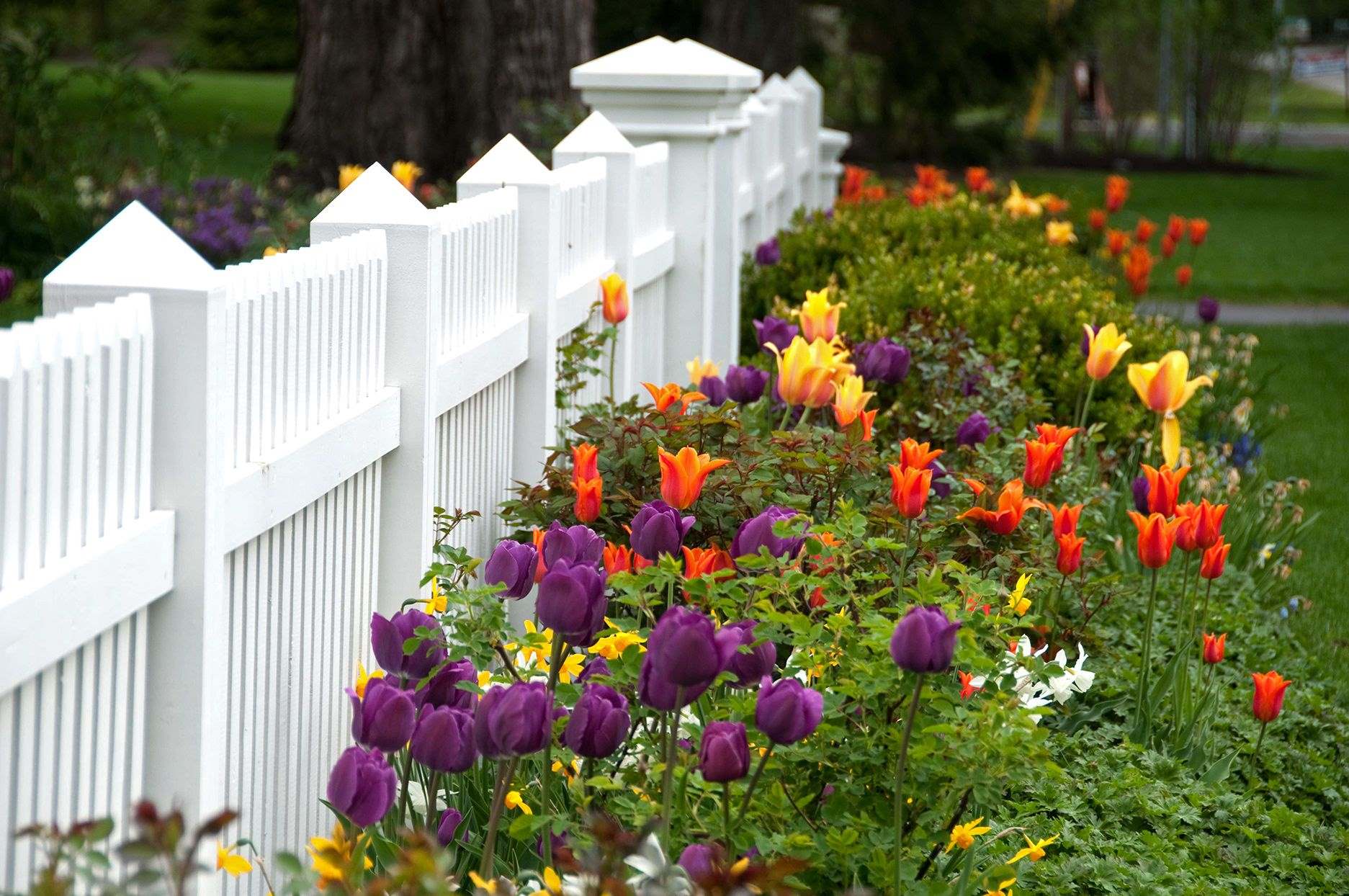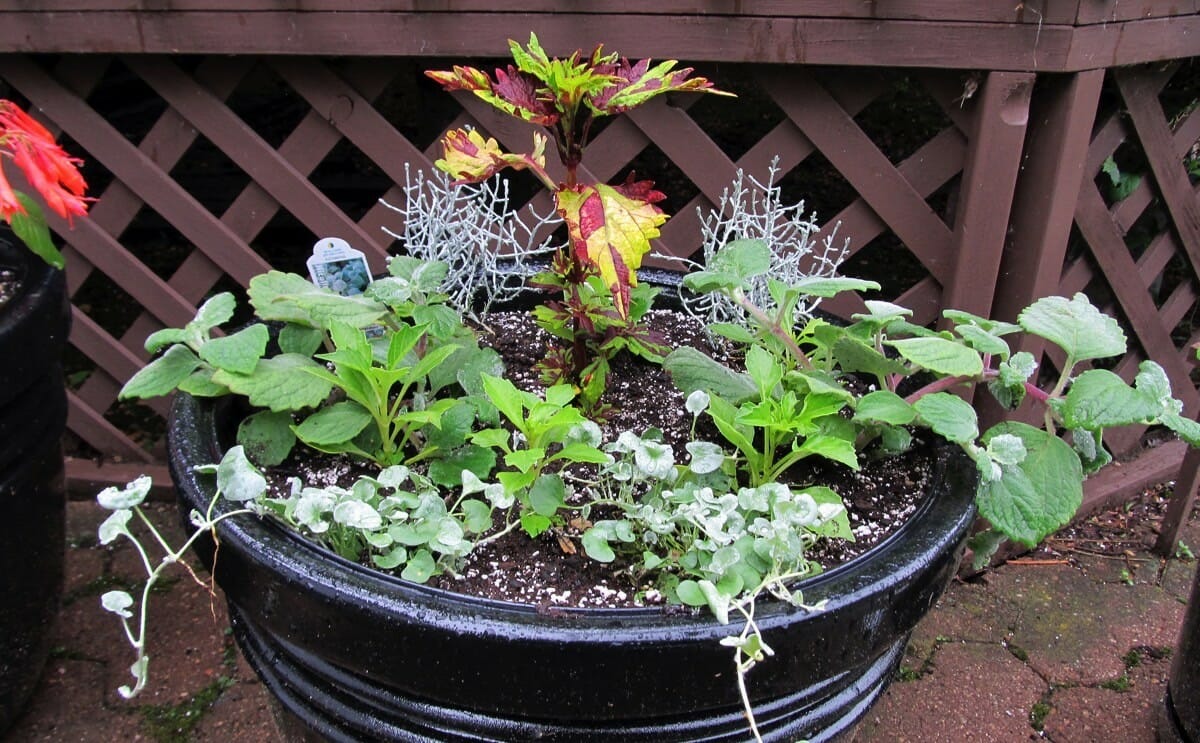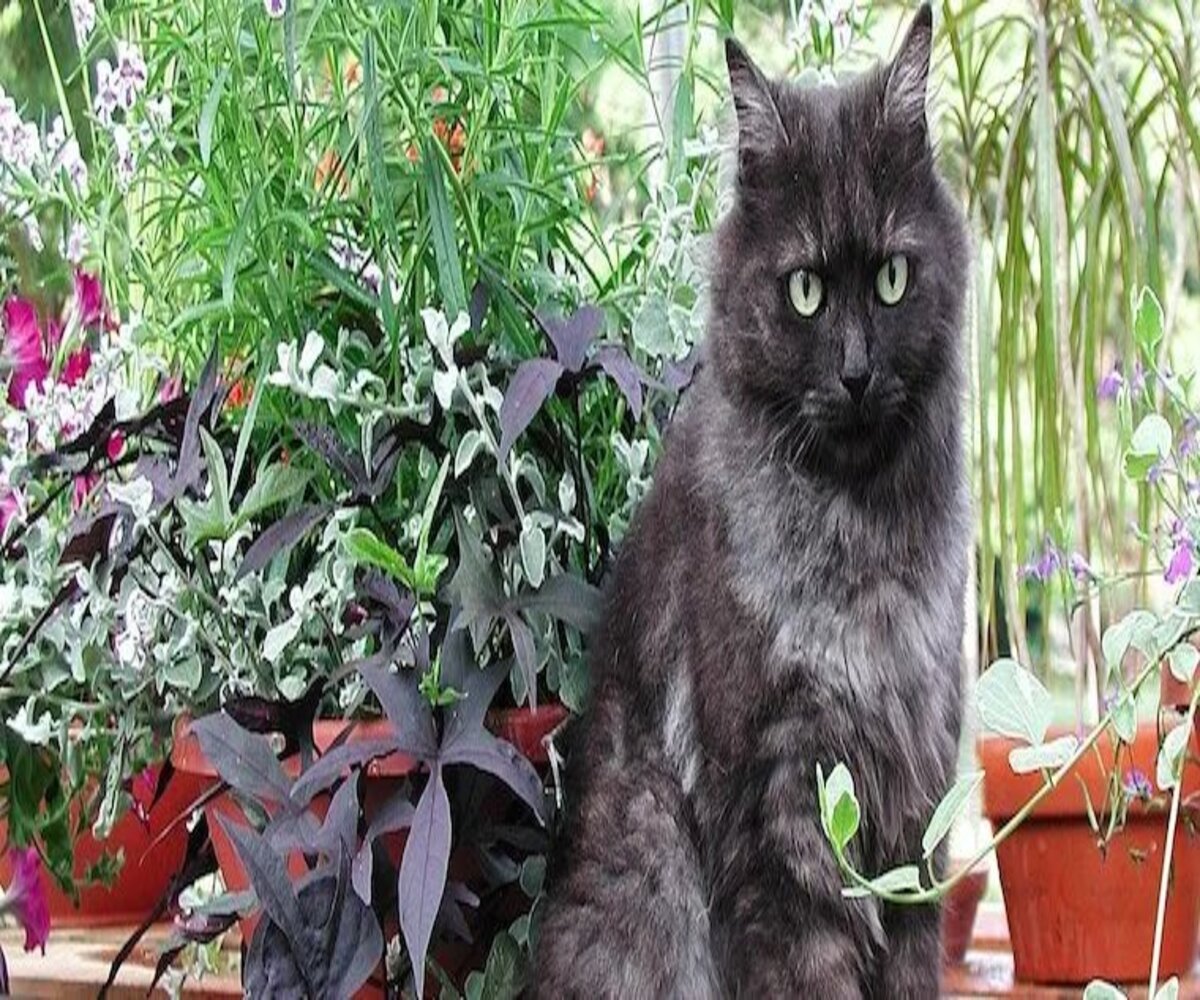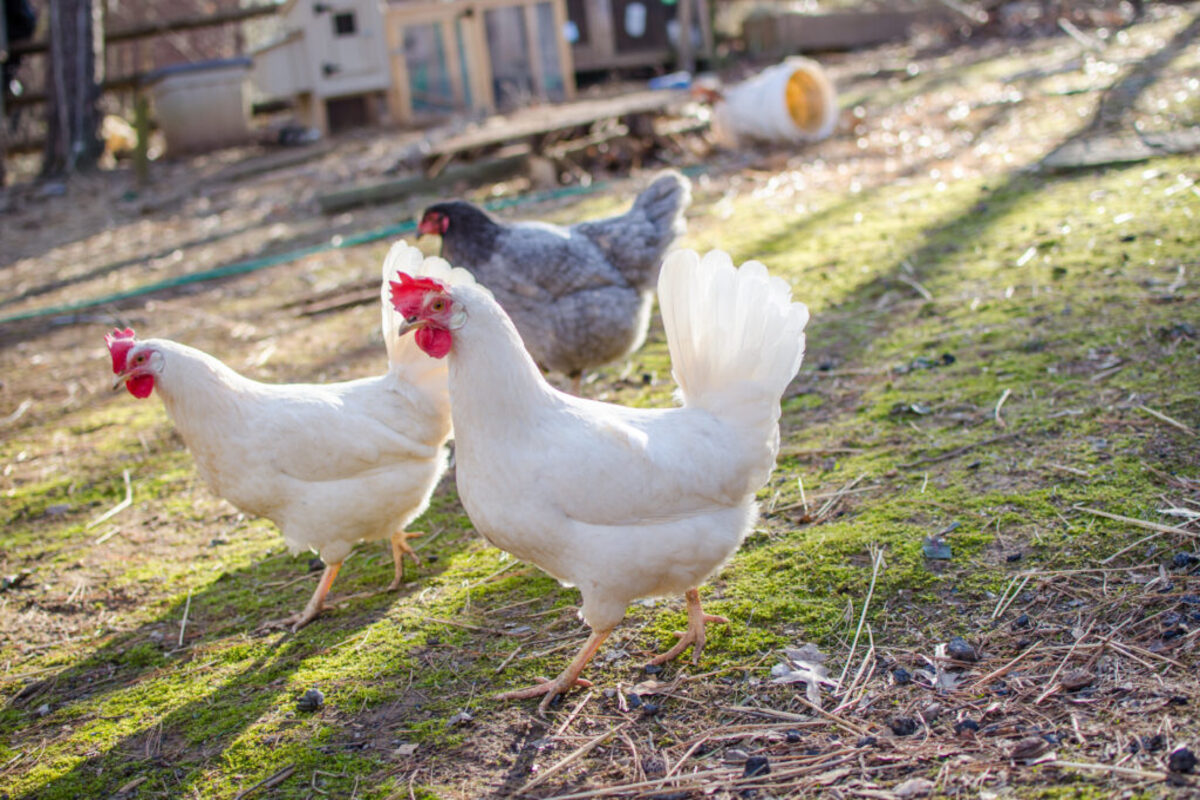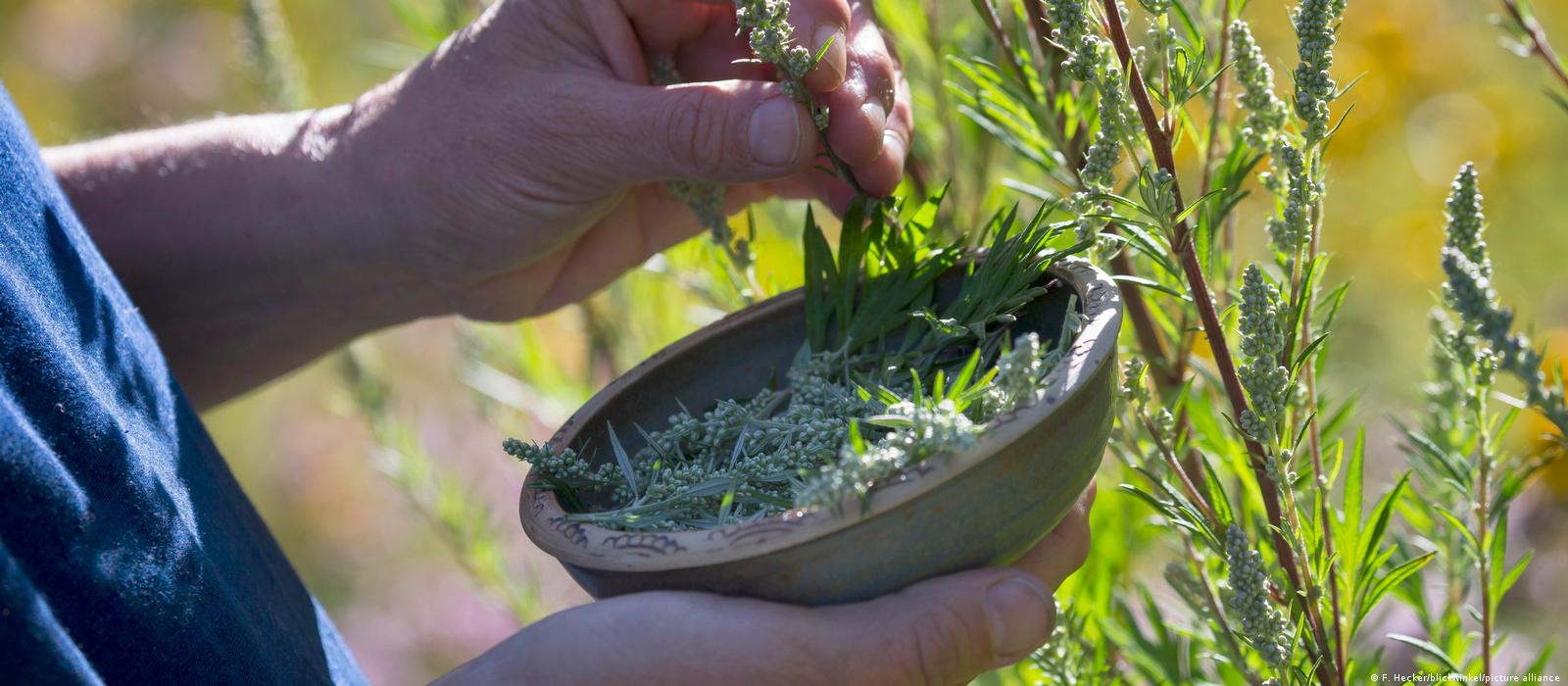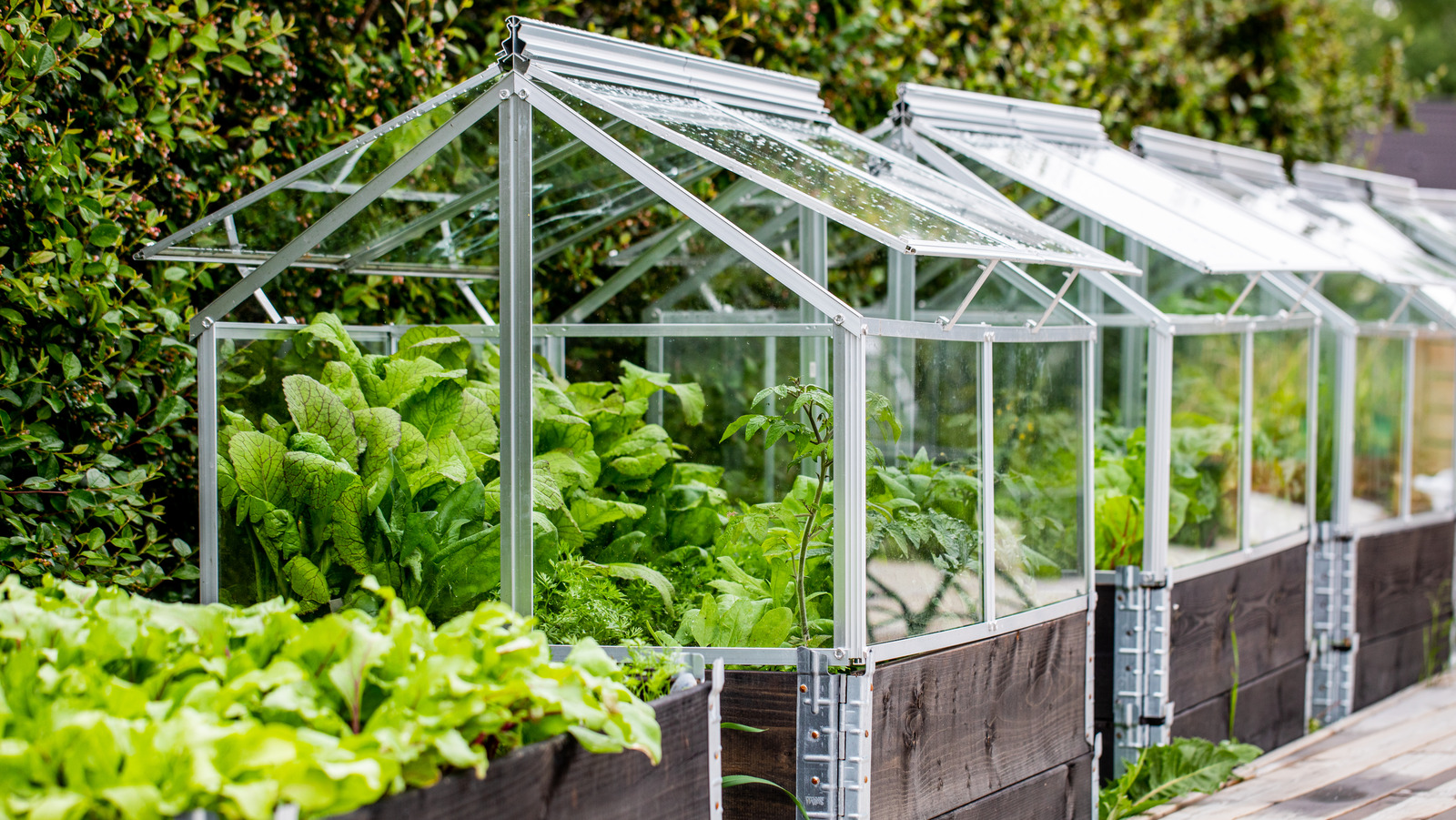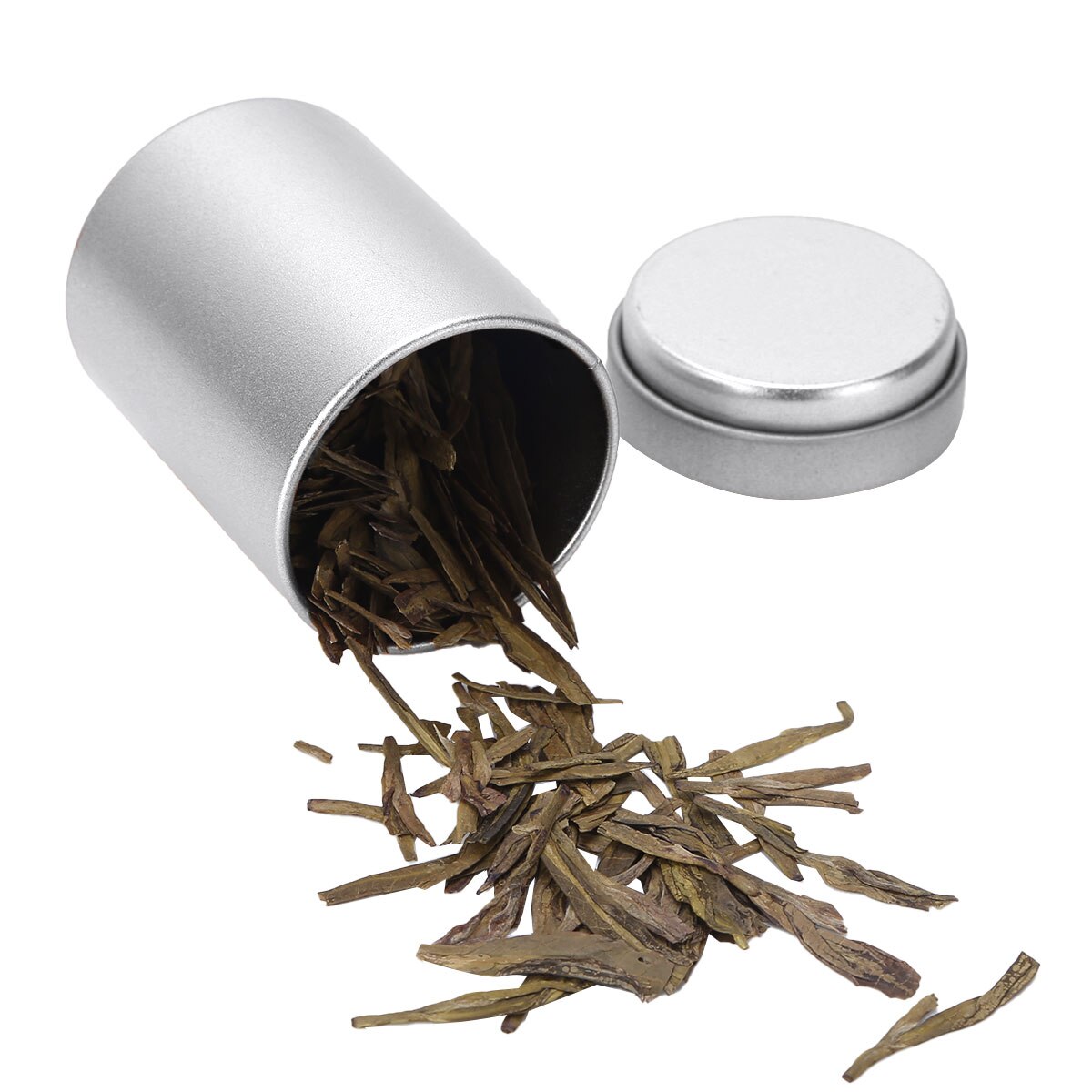Home>Types of Gardening>Container Gardening>What Herbs Can Be Planted Together In A Container?
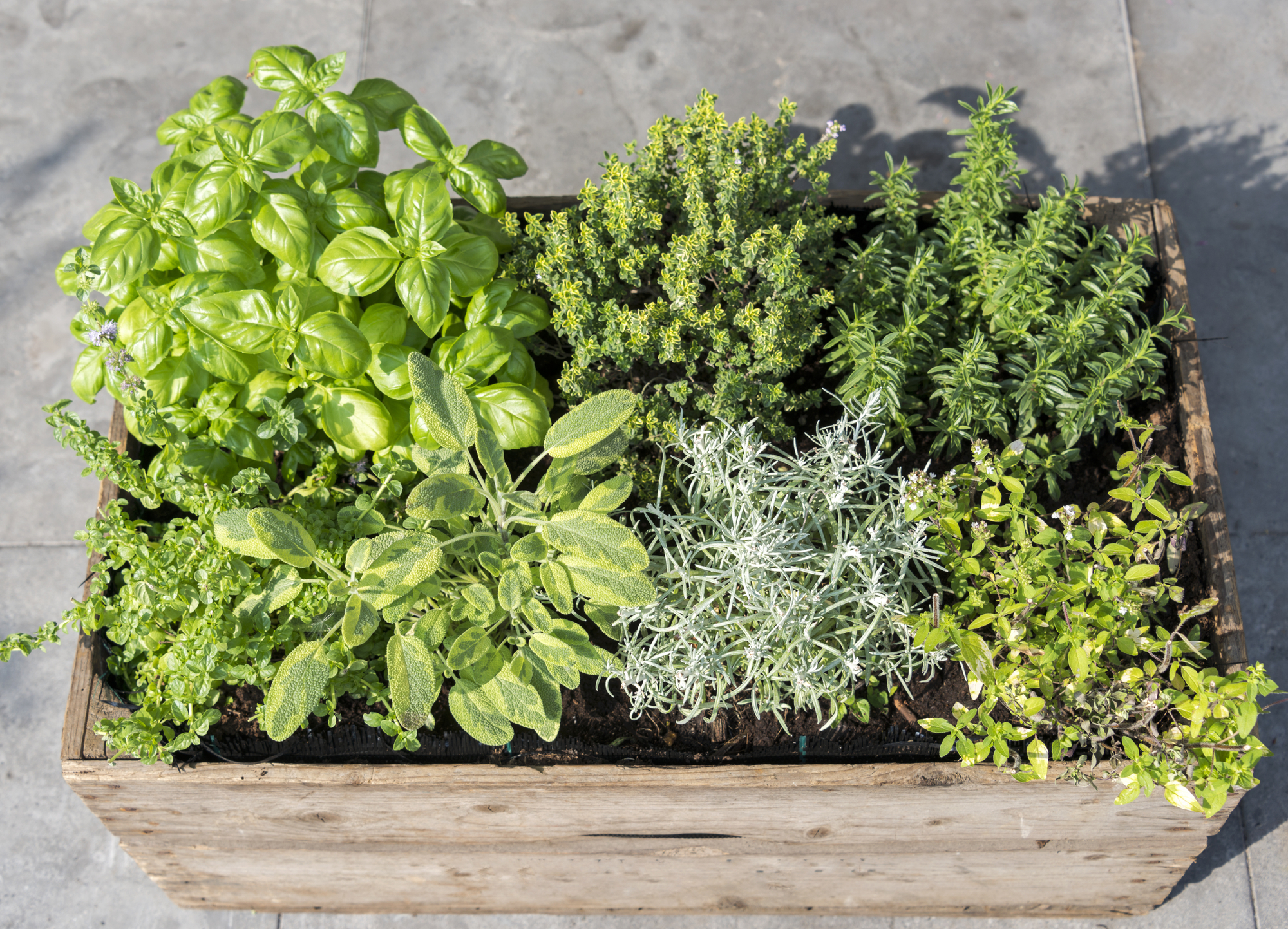

Container Gardening
What Herbs Can Be Planted Together In A Container?
Modified: February 9, 2024
Discover the perfect combination of herbs for container gardening. Learn which herbs can be successfully planted together in a single container, maximizing your space and creating a beautiful, aromatic display.
(Many of the links in this article redirect to a specific reviewed product. Your purchase of these products through affiliate links helps to generate commission for Chicagolandgardening.com, at no extra cost. Learn more)
Table of Contents
Introduction
Welcome to the world of container gardening! If you have limited space or want to enhance your patio or balcony with the beauty of plants and herbs, container gardening is the perfect solution. Not only does it provide a convenient way to grow plants, but it also adds a touch of greenery to any space.
Container gardening is especially ideal for growing herbs. Herbs not only add fragrance and flavor to your cooking but also have numerous health benefits. Whether you’re a seasoned gardener or just starting out, planting herbs in containers is a fantastic way to create a functional and visually appealing garden.
By planting herbs together in containers, you can maximize space, create beautiful arrangements, and even encourage advantageous relationships between plants through companion planting.
In this article, we will guide you through the art of planting herbs together in containers. We’ll discuss the importance of choosing the right container, the ideal soil requirements, and the best herbs to plant together. By the end of this article, you’ll have all the knowledge you need to create a thriving and harmonious container garden.
Choosing the Right Container
When it comes to container gardening, selecting the right container is crucial for the health and success of your herbs. Here are a few factors to consider when choosing the perfect container:
- Size: Herb plants require enough space for their roots to grow and spread. Choose a container with a diameter of at least 12 inches to provide ample room for the herbs to thrive.
- Material: Containers come in a variety of materials such as clay, plastic, or wood. Clay pots are porous and allow for better airflow, while plastic containers are lightweight and retain moisture well. Wooden containers can provide a rustic look but may rot over time, so make sure they have proper drainage.
- Drainage: Proper drainage is essential for preventing root rot and ensuring that your herbs don’t become waterlogged. Look for containers with drainage holes at the bottom, or consider adding your own if they are lacking.
- Depth: Different herbs have varying root depths. For shallow-rooted herbs like basil or parsley, a container with a depth of 6-8 inches may suffice. However, herbs like rosemary and thyme have deeper roots and will require a container that is at least 10-12 inches deep.
Consider the style and aesthetics of your containers as well. Choose containers that complement your outdoor space or match your personal taste. You can get creative and repurpose items like vintage teapots or wooden crates as unique herb planters.
Remember, containers should not only be functional but also visually appealing. They should enhance the beauty of your herbs and provide an inviting atmosphere in your garden.
Soil Requirements for Container Herb Gardening
The soil you choose for your container herb garden plays a crucial role in the overall health and growth of your herbs. Unlike plants grown in the ground, container plants rely solely on the soil provided to them. Here are some important factors to consider when it comes to soil requirements for container herb gardening:
- Loose and Well-Draining: Herb plants prefer soil that is loose and well-draining. This allows for the proper circulation of air and prevents the roots from becoming waterlogged. Use a high-quality potting soil or create your own mix by combining equal parts of compost, perlite, and vermiculite.
- Nutrient-Rich: Herbs benefit from nutrient-rich soil to support their growth and development. Incorporate organic matter such as compost or aged manure into the soil to provide essential nutrients like nitrogen, phosphorus, and potassium.
- pH Level: Most herbs prefer a slightly acidic to neutral pH level. Test the pH of your soil using a pH testing kit and adjust if needed. Adding lime can raise the pH, while elements like sulfur or peat moss can lower it.
- Water Retention: While it’s important for the soil to be well-draining, it should also retain enough moisture for the herbs to thrive. Use soil that has good water-holding capacity but doesn’t become waterlogged. Adding organic matter to the soil can improve its moisture retention abilities.
- Fertilization: Container-grown herbs may require more frequent fertilization compared to those grown in the ground. Use a slow-release organic fertilizer or liquid fertilizer specifically formulated for herbs to provide a steady supply of nutrients throughout the growing season.
Regularly monitor the moisture level of the soil in your containers and adjust your watering schedule accordingly. Additionally, ensure that your containers have adequate drainage to prevent water from pooling at the bottom.
By providing the right soil conditions, you can create an optimal growing environment for your container herb garden, resulting in healthier plants and a bountiful harvest of flavorful herbs.
Companion Planting in Containers
Companion planting is an age-old gardening practice that involves growing certain plants together to benefit each other. It is not only reserved for traditional gardens but can also be applied to container gardening. By strategically pairing herbs in your containers, you can promote their growth, deter pests, and enhance flavor. Here are some popular companion planting combinations for herbs:
- Basil and Tomatoes: Basil and tomatoes are not only great companions in culinary dishes but also in the garden. Basil repels pests like aphids, mosquitoes, and tomato hornworms, which can damage tomato plants. Plant basil in the same container as your tomato plants to promote their growth and deter pests simultaneously.
- Mint and Chamomile: Mint and chamomile make excellent companions due to their aromatic properties. Mint helps repel pests such as ants, fleas, and aphids, while chamomile attracts beneficial insects like bees and butterflies. Planting mint near chamomile can provide natural pest protection and encourage pollination.
- Parsley and Cilantro: Parsley and cilantro are commonly used in many cuisines and can be grown together in the same container. They have similar soil and sunlight requirements and can complement each other’s flavors. Additionally, parsley attracts beneficial insects like ladybugs and hoverflies, which prey on harmful garden pests.
- Thyme and Rosemary: Thyme and rosemary are both Mediterranean herbs that thrive in similar growing conditions. Planting them together in a pot not only creates a visually appealing combination but also enhances their flavors. Both herbs have strong aromatic properties that repel insects, making them an effective duo for natural pest control.
When companion planting in containers, be mindful of the size and growth habit of the herbs you are pairing together. Ensure that they have enough space to grow and don’t overcrowd the container. Additionally, consider the watering requirements of each herb and choose companions with similar moisture needs.
Companion planting in containers not only promotes healthier plants but also adds diversity to your garden. Experiment with different combinations to find what works best for your herbs and enjoy the benefits of this natural gardening practice.
Best Herbs to Plant Together in a Container
When it comes to choosing which herbs to plant together in a container, it is important to consider their growth habits, watering needs, and compatibility. Here are some of the best combinations of herbs that thrive when planted together:
- Rosemary, Thyme, and Sage: These three Mediterranean herbs share similar growing conditions and make a fantastic combination. They prefer well-draining soil, ample sunlight, and moderate watering. Together, they create a fragrant and visually appealing container garden.
- Basil, Parsley, and Chives: This combination is perfect for adding freshness and flavor to your culinary endeavors. Basil and parsley enjoy slightly moist soil, while chives thrive in well-draining soil. Planting them together ensures a constant supply of versatile herbs for your kitchen.
- Lemon Balm, Lavender, and Mint: This combination is not only visually stunning but also offers a range of benefits. Lemon balm and lavender have calming properties, while mint repels pests. They all thrive in moist, well-draining soil and require regular watering.
- Coriander, Dill, and Fennel: These three herbs are known for their distinct flavors and can be grown together in a container. Coriander and dill have similar watering needs and prefer slightly moist soil, while fennel thrives in well-draining soil with moderate watering.
When selecting herbs to plant together, it is also important to consider their size and growth habit. Choose herbs that have similar growth rates to prevent one from overpowering the others. Additionally, ensure that the container provides enough space for each herb to grow and spread their roots.
By planting compatible herbs together in a container, you not only save space but also create a harmonious growing environment that benefits each plant. Experiment with different combinations to discover your favorite herb combinations and enjoy the convenience and beauty of a thriving container herb garden.
Herbs that Should Be Planted Alone in a Container
While companion planting in containers can be beneficial, some herbs prefer to be planted alone to ensure their optimal growth and development. Here are a few herbs that are best planted individually in their own containers:
- Mint: Mint is a vigorous herb that tends to spread rapidly through its underground rhizomes. To prevent it from overtaking other herbs in a shared container, it is advisable to plant mint on its own. Consider using a deep container to accommodate its extensive root system.
- Lemon Verbena: Lemon verbena is a fragrant herb with delicate, elongated leaves. It requires ample space to grow and can become finicky when planted with other herbs. Give lemon verbena its own container to allow it to flourish without competition.
- Tarragon: Tarragon is a perennial herb that prefers drier soil and thrives in full sun. Due to its specific growing requirements, it is best planted alone in a container to ensure proper moisture levels and prevent any potential overcrowding.
- Lovage: Lovage is a tall herb that can reach heights of up to six feet. Its size and robust growth habit make it difficult to pair with other herbs in a small container. Plant lovage on its own to give it the space it needs to reach its full potential.
By planting these herbs individually in containers, you can cater to their specific needs without any constraints or competition from other plants. This allows them to thrive and maintain their desired growth habits.
Remember to choose appropriately sized containers for these herbs, ensuring they have enough room for their root systems to develop and spread. Also, be mindful of the specific care requirements of each herb and provide the necessary sunlight, water, and nutrients.
By dedicating separate containers to these herbs, you can create an organized and thriving container garden where each herb can flourish independently.
Tips for Successful Container Herb Gardening
Container herb gardening can be a rewarding and enjoyable experience. To ensure the success of your container garden, here are some essential tips to keep in mind:
- Select the right location: Herbs typically require at least 6-8 hours of sunlight per day. Choose a location for your containers that receives sufficient sunlight to promote healthy growth and maximize flavor.
- Watering: The soil in containers tends to dry out more quickly than in-ground gardens. Regularly check the moisture level of the soil and water your herbs as needed. Avoid overwatering to prevent root rot, but also ensure that the soil doesn’t completely dry out.
- Pruning and harvesting: Regularly prune your herbs to encourage bushier growth and prevent them from becoming leggy. Harvest your herbs frequently to encourage new growth and enjoy their fresh flavors in your culinary creations.
- Fertilization: Container-grown herbs benefit from regular fertilization. Use a balanced organic fertilizer or a slow-release granular fertilizer specifically formulated for herbs. Follow the recommended application rates and frequency to provide essential nutrients for your herbs’ growth.
- Pest control: Keep an eye out for common herb garden pests such as aphids, caterpillars, and mites. Regularly inspect your plants and address any pest issues promptly. Consider using natural pest control methods like companion planting, neem oil, or insecticidal soap.
- Rotate containers: To promote even growth and prevent one side of your herbs from becoming leggy, rotate your containers every few weeks. This ensures that all sides of the plants receive adequate sunlight and promotes balanced growth.
- Harmony in container combinations: When pairing herbs together in a container, consider their growth habits, watering needs, and compatibility. Choose herbs that have similar requirements to create a harmonious growing environment.
- Regular maintenance: Container gardening requires regular maintenance. Keep an eye out for signs of disease, weed your containers, and prune any damaged or yellowing leaves. Regularly groom your herbs to maintain their appearance and prevent overcrowding.
Remember to enjoy the process of container herb gardening. Experiment with different herbs, container combinations, and flavors to create a customized and thriving garden that suits your taste and needs.
By following these tips, you will be well on your way to a successful and bountiful container herb garden that provides fresh herbs for your culinary delights throughout the growing season.
Conclusion
Container herb gardening offers a convenient and versatile way to grow herbs for both culinary and aesthetic purposes. By selecting the right container, providing proper soil, and considering companion planting, you can create a thriving herb garden in even the smallest of spaces.
Choosing the right container is essential for the health and growth of your herbs. Consider the size, material, and drainage of the container to provide an optimal environment for your plants. Additionally, pay attention to the soil requirements, ensuring that it is well-draining, nutrient-rich, and retains adequate moisture.
Companion planting in containers can enhance the growth and flavors of your herbs while providing natural pest control benefits. Pairing herbs that have similar growing requirements and compatible flavors can create a harmonious garden that benefits all the plants involved.
While some herbs thrive when planted together, others are best grown individually to ensure optimal growth. Pay attention to the growth habits, moisture needs, and size of the herbs when deciding whether to plant them together or separately.
To achieve successful container herb gardening, remember to provide the right amount of sunlight, water your herbs appropriately, regularly prune and harvest, fertilize as needed, address pest issues promptly, rotate containers, and maintain overall garden health.
Container herb gardening offers numerous benefits, from the convenience of having fresh herbs readily available to the beauty they add to your space. Enjoy the process of trying different herb combinations and experimenting with flavors to create a personalized and thriving garden.
With proper care and attention, your container herb garden can flourish, providing you with a constant supply of fresh, flavorful herbs to enhance your cooking and enrich your senses.

